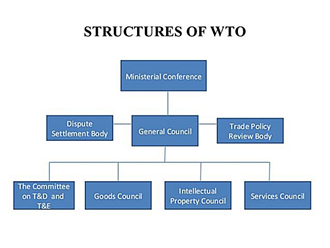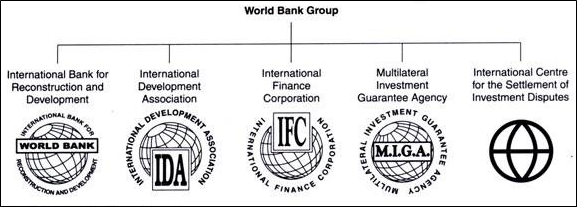1. Make in India (2014)
Objective: Transform India into a global manufacturing hub.
Key Sectors: 25 sectors including automobiles, electronics, textiles, and pharmaceuticals.
Goals
-
- Increase manufacturing sector’s contribution to GDP
- Create employment opportunities
- Attract foreign direct investment (FDI)
Key Features
-
- Simplification of regulations.
- Enhancement of infrastructure.
- Promotion of skill development and technological advancement.
Impact
-
- Reduced dependency on imports.
- Improved ease of doing business.
- Establishment of India as a significant player in global supply chains.
2. Startup India (2016)
Objective: Foster entrepreneurship and innovation across India.
Goals
-
- Build a robust startup ecosystem.
- Encourage job creation.
- Promote innovation across sectors like technology, healthcare, agriculture, and education.
Key Features
-
- Tax exemptions for startups.
- Simplified regulatory processes.
- Access to funding through Startup India Fund of Funds.
- Mentorship and networking opportunities.
- Incubation facilities for startups.
Impact
-
- India emerging as one of the largest startup ecosystems globally.
- Enhanced ease of establishing and operating startups.
- Contribution to job creation and economic growth.
3. Production Linked Incentive (PLI) Scheme (2020)
Key Features
-
- The total outlay across all sectors under the PLI Scheme is approximately Rs 1.97 lakh crore (about USD 26 billion).
- Financial incentives are provided to companies based on their incremental sales (over the base year) of manufactured goods.
- Incentives range between 4% to 6% of the additional sales, depending on the sector.
Target Sectors
The 14 sectors are: (i) Mobile Manufacturing and Specified Electronic Components, (ii) Critical Key Starting Materials/Drug Intermediaries & Active Pharmaceutical Ingredients, (iii) Manufacturing of Medical Devices (iv) Automobiles and Auto Components, (v) Pharmaceuticals Drugs, (vi) Specialty Steel, (vii) Telecom & Networking Products, (viii) Electronic/Technology Products, (ix) White Goods (ACs and LEDs), (x) Food Products, (xi) Textile Products: MMF segment and technical textiles, (xii) High efficiency solar PV modules, (xiii) Advanced Chemistry Cell (ACC) Battery, and (xiv) Drones and Drone Components.
Impact & Progress
-
- Electronics: Significant growth in mobile phone manufacturing, making India one of the top global producers. The PLI scheme has led to an increase in the domestic production of electronics from Rs 1.7 lakh crore in FY2020 to Rs 2.9 lakh crore in FY2023.
- Pharmaceuticals: A substantial reduction in the import dependency for critical Advanced Pharmaceutical Ingredients (APIs), with a push towards self-reliance. Over 50 companies have been selected under the PLI scheme, contributing to enhanced domestic production capabilities.
- Automobiles: Increased investment in electric vehicles and components, contributing to India’s shift towards sustainable mobility. The EV segment has seen significant growth, with several global and domestic players committing large-scale investments.
- Textiles: India is becoming a leading hub for man-made fibers and technical textiles. The recent turmoil in Bangladesh in 2024 has led to boost of global orders in India. Even more interesting fact is that Bihar is attracting much of the investments because of abundance of labour and textile industry being labour-intensive.



